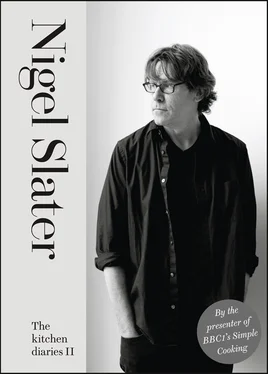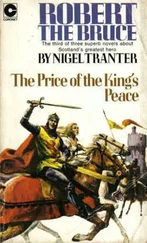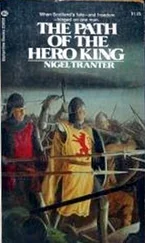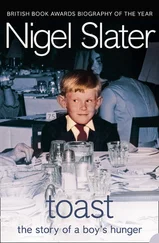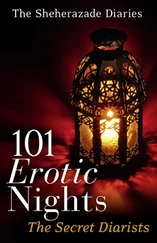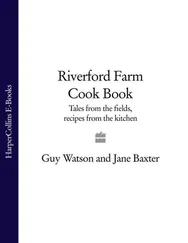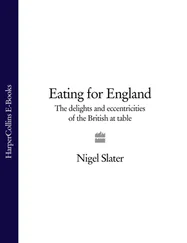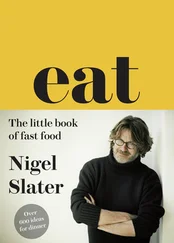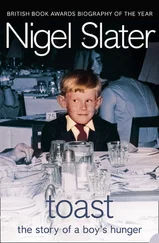The butcher had some neck of lamb this week. This is a joint that gets much use – I have rarely seen a sheep that wasn’t eating. Awkward and lumpy, the neck is a cut to be valued for its cheap price, sweet fat and almost indestructible nature. The fact that I can make a fragrant, even luxurious supper out of something some people boil up for the dog makes me warm to it all the more. Tucked up in a heavy pan with earthy spices and sweet onions, the untidy lumps of meat can cook on a low heat for anything up to a couple of hours, its tough flesh and gristle breaking down to soft, spoonable meat and wobbly fat. Did I ever tell you my name is an anagram of lean gristle? Well, it is. I was slightly saddened this week to find the major supermarkets shunning this richly flavoured cut in favour of the neck fillet at over 12 quid a kilo. A decent butcher is always the best bet for the tougher cuts, until they become fashionable again like shanks.
As good as slow-cooked meat on the bone can be, it’s the gravy that forms in the pan that is the real prize. I invariably start with onions, but this time I am throwing the spice rack at them, with whole cumin seeds, ground coriander, a cinnamon stick and just a pinch of crushed chilli. The weather being as it is, I am keen to add some sweetness, and do so in the form of dried apricots, though it could have been figs or raisins.
Sometimes, I drop a few floury potatoes into a slow-cooked supper to bolster it up a bit and make it even more economical, but I am also tempted by other starchy fillers, such as couscous, barley and spelt. My starch of the moment is the fat, pearl-like mograbia, occasionally known as Lebanese or pearl couscous. It responds best to a spirited boil rather being steamed like the usual fine couscous. Some of the supermarkets sell it labelled as giant couscous, and it is easy to find in Middle Eastern grocer’s shops.
If mograbia remains elusive, then this rich, bargain-basement stew will feel just as comfortable with steamed fine couscous, quinoa or rice. I would add a little cinnamon to these, maybe some black pepper and some finely grated lemon zest and melted butter.
Braised neck of lamb with apricots and cinnamon
Something sharp to cut the fat is good here. Dried apricots have a pleasing tang that works well. Like cooking apples work well with pork. Neck of lamb is my first choice for this treatment, but I would also recommend small shanks. They are easier to get hold of. You may need to turn them once or twice during cooking, as they will sit proud of the sauce.
I usually reckon on at least 300g neck of lamb per person. This sounds quite a lot, but we are talking about one of the most bone-rich cuts of meat, so the quantity of meat should be just about right. The hands-on work is very straightforward.
middle neck of lamb: 1.25kg (8 pieces)
plain flour: 3 tablespoons
groundnut or olive oil: 2 tablespoons, plus a little more
onions: 2 medium to large
cumin seeds: 1 teaspoon
ground coriander: 2 teaspoons
crushed dried chilli: half a teaspoon or so
garlic: 2 cloves
fresh ginger: a 3cm lump
lemon zest: 2 strips, about 6cm long
a cinnamon stick
dried apricots: 250g
stock or water: 750ml
To serve:
chopped mint: 2 tablespoons
finely grated lemon zest: a teaspoon
Dust the lamb with the flour and season with salt and black pepper. Heat a couple of tablespoons of oil in a large, heavy-based casserole to which you have a lid. Add the lamb to the pan and let the pieces brown lightly on both sides. You will probably need to do them in two batches. Remove them from the pan, leaving behind any oil (if the oil has blackened, wipe out the pan and start again with fresh oil). Set the oven at 160°C/Gas 3.
Peel the onions and roughly chop them. Add them to the pan and let them soften for ten minutes or so over a moderate heat. Stir in the whole cumin seeds and ground coriander. Sprinkle in the dried chilli, adding a little extra if you want more warmth (I don’t think the dish should be hot, just warm and fruity). Peel the garlic and slice it finely, then add it to the onions. Peel the ginger, shred it finely and add it to the pan together with the lemon zest and cinnamon stick.
Add the dried apricots to the onions, then pour in the stock or water. Return the lamb to the pan, tucking it in amongst the rest of the ingredients. Season carefully. Bring to the boil, cover with a lid and place in the oven for one and a half hours, until the lamb is tender enough to come away from the bone easily.
As you serve, scatter the surface with fresh mint and lemon zest.
Enough for 4
Also known as giant or Lebanese couscous, the pearl-sized grains should be cooked till they are soft but retain a little bite, too.
half a cinnamon stick
mograbia: 250g
parsley: a few sprigs
a little butter, melted
a small lemon (optional)
Put a large pot of water on to boil (the mograbia likes to move around as it cooks, like pasta). Salt the water quite generously, as you would for pasta, and add the cinnamon stick.
Tip in the mograbia and leave to come back to the boil. Turn the heat down slightly, then let it simmer merrily for ten for fifteen minutes, till al dente, rather as you would like pasta to be.
Remove the parsley leaves from their stalks and chop them quite finely. Stir them into the melted butter, adding pepper and a little grated lemon zest if you wish. Drain the mograbia, discard the cinnamon stick, then toss in the melted butter and parsley. Serve with the braised lamb above.

FEBRUARY 12
The perfect marriage of smoked fish and cream
I am not especially fond of cream in main courses, but there are a few dishes in this book – rabbit with tarragon, gurnard with potatoes, pork chops with pears, to pick randomly on three – where it features with good reason. Tarragon is often overwhelming without the calming notes of dairy produce; a dose of double cream brings the fish and potatoes together; the pork dish uses the cream to deglaze the pan, giving the dish a velvety texture. The cream is not essential but it has a clear purpose.
Tonight I make the most of the masterful marriage of smoked fish and cream. Cream and smoke produce a calm and gentle partnership, working in dish after dish.
Smoked haddock with potato and bacon
unsmoked streaky bacon: 6 rashers
rapeseed oil: 3 tablespoons
medium potatoes: 400g
smoked haddock fillets: 500g
double cream: 500ml
bay leaves: 2
black peppercorns: 6
finely chopped curly parsley: 2 tablespoons
Cut the bacon into pieces roughly the size of a postage stamp. Warm the oil in a non-stick frying pan and add the bacon pieces, letting them colour lightly.
Cut the potatoes, without peeling them, in 1cm-thick slices, then cut each slice into short pieces, like tiny chips. Tip them into the pan with the bacon and fry for about fifteen minutes, until golden and cooked right through.
Meanwhile, put the smoked haddock into a pan with the cream, bay leaves and peppercorns. Bring almost to the boil, then turn down the heat and simmer for fifteen minutes. Put the lid on and leave to infuse for five minutes or so.
Divide the potatoes and bacon between two warm plates, lift the haddock out of the cream and place a fillet on each plate. Stir the chopped parsley into the cream, then spoon it over the fish and serve.
Enough for 2
Читать дальше
